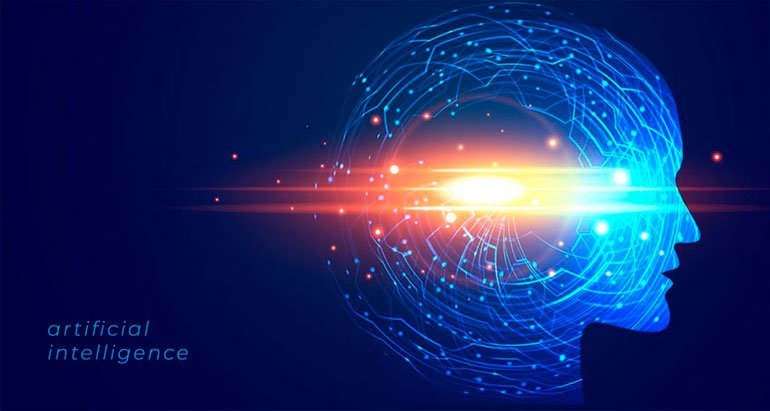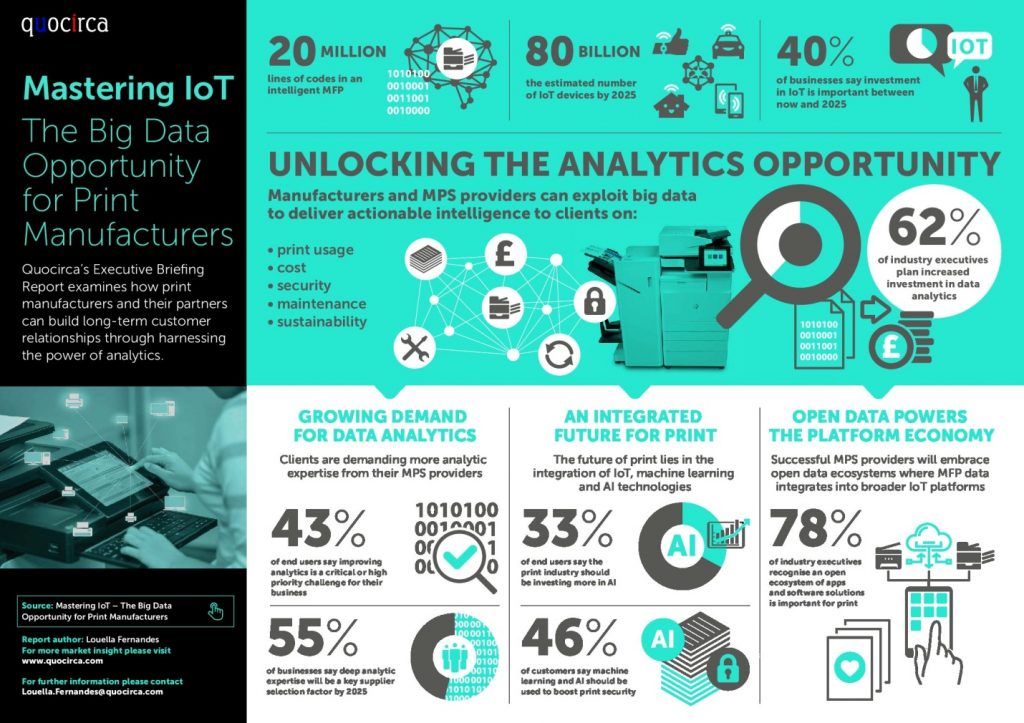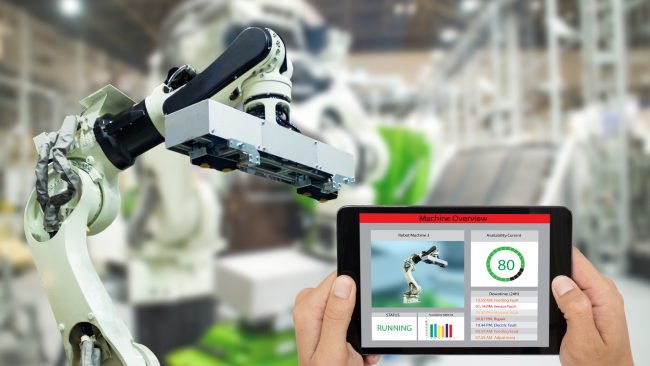
IoT or Internet of Things is slowly making its way in every aspect of our lives. If you don’t own an IoT device yet, you will surely own one soon. But it is highly unlikely that you even wouldn’t have heard of such devices. From smart televisions, fridges, thermostats to smart coffee makers, IoT device have infiltrated our daily lives and is slowly gaining mainstream recognition with the New Year starting.
According to recent studies as of 2019, the number of active IoT devices peaked at a significant 26.66 billion. Experts estimate that this number will go up to a whopping 31 million by the end of 2020.
In combination with home assistants like Google Home and Alexa from Amazon Echo paving the way in machine learning, this technological advancement is making our life easier, efficient, and upgraded. However, these devices would not be considered ideally automated as they still require a lot of manual input when it comes to assigning tasks. Instead, these devices work through your home assistant connections, giving you the role of one great master orchestrator. All these devices are:
- Programmed to follow a particular set of instructional commands.
- Manual input is required to provide customized instructions to them.
- Don’t interact with each other.
History – Shift of Paradigm from Machine Learning to IoT
AI and machine learning are not new innovations anymore. Even though their history goes as far back as the 1960s, where Arthur Samuel first defined the concept of machine learning is the ability of computers to learn new ways to function. The timeline was then initiated, and it has grown ever since, with machine learning becoming a part of our daily lives. It recently experienced a boost in popularity as industrial organizations started adopting Internet of things and gave in the hype surrounding it. Thus, as a result, suddenly, you’ll see every next IT vendor is suddenly announcing a dedicated IoT platform and related consulting services.

Today, many factors make deep learning a stark reality. The core concept behind machine learning was to help automate processes involved in every aspect of our lives. According to IoT Analytics, it is estimated that by 2025 there will be more than 21 billion IoT devices active in the market. Thus, it is now safe to say that from regular daily life tasks to business and trade, expect IoT and machine learning to be present in even your daily Netflix suggestions in the near future.
Machine learning and IoT – Trends in Industry for 2020
Here are the top 7 trends in the industry surrounding the successful combination of machine learning and IoT.
Converting bigger data portions
Not only can you change the way you are living and doing business, but Internet of things also emphasizes focusing on generating a huge amount of data. The bigger data platforms are more often made to support the general demands of large scale storage. It is, by default, created to provide the best performance investigation and newer deep learning experience for extracting complete advantages of IoT technology.
According to George White a data analyst from Pavia Systems, “As our infrastructure becomes more intelligent, there will be a demand for artificial intelligence that can sift through and interpret all the data collected, so a human can take action on the data.”
Data processing through IoT
The basic shortcoming of IoT is that it connects devices behind the network firewall. Device security may seem a fairly easy task, but securing IoT devices and deep learning will require more efficient efforts in the future. Not only are we required to add security protocols between the network connection and software application, but also to link our devices.
However, IoT garners its success recognition because it is a cost-effective and equally efficient technological development for processing data. It makes faster processing of data prominent in all smart devices that work along with it, such as the smart vehicles and intelligent traffic signal lights.
White says, “You can compare this to an advanced version of how commuters currently use dedicated apps to route around congested traffic, using intelligence to interpret data to get from point A to point B.”
Better consumer adoption
In the next upcoming years, we will see a huge change in IoT when consumer-based IoT will be left behind, and an industrial IoT will take over. Although this IoT trend in combination with supervised learning, in particular, will eventually take time to develop and flourish.
Many companies are already geared up to embrace the change as it comes. They are basing their IoT strategies already on the industrial shift of the domain where IoT architecture would solve all problems such as insurance, transportation, agriculture, and even telecommunication.
According to Karl Kangur, a growth expert from MRR Media, “Major cities in the U.S., such as Boston, have already started planning for IoT implementation. Everything ranging from street lights and parking meters to sewage grates and sprinkler systems will be connected to the internet and interlinked. These will be huge breakthroughs in terms of saving energy and money.”

Rising demand for smart homes
As we mentioned earlier, home assistants provide the interconnectivity of these devices. Given the rise of home assistant apps like Google Home and Amazon Alexa, there is a rising demand for advanced smart home technology that requires minimal manual input as well as physical effort.
According to Colby Pfund, an IoT specialist from LFNT Distribution, “I think the more people understand this, the more it will have an impact on their home life. From their heaters adapting to the external temperatures, to their lights reacting to them entering the room, to their alarm clocks synching to traffic, the IoT is going to completely change how everyone lives at home.”
IoT in the healthcare industry
Where retailers appreciate the increased consumer interaction, health care has embraced IoT for a whole different reason. Wearable IoT devices like smart bands and premium jackets are being used by the healthcare sector that will monitor patient data and send it out to the local database accessed by hospitals. According to Jessica Gonzalez, an industry specialist for InCharged, “Telemedicine will be big and so will additional technology to support operations such as record keeping, sharing reports across multiple locations, and dispensing medications.” Thus, these sectors will experience efficient yet stable growth towards healthcare embracing IoT.
Cloud storage that has the capacity to store a large amount of data and allow data sharing can easily be used to keep such information up to date and relevant for being used. Many smart devices can already monitor heartbeat and blood pressure, given the manual input of some physical attributions like height and weight. Internet of things would store this data and utilize it for helping in the provision of better healthcare facilities and also the overall sector.
Machine learning for increased data security
Nowadays, developers can be seen focusing on better ways to share data securely by using advanced Blockchain technologies. Many industrial organizations are learning to accept and trust machine learning algorithms for model forecasting and adjusting their operations to prevent the shortcomings of model outputs. Model training through deep learning can be highly automated and easily become popular as people try to implement it in their business aspects.
Jared Atchison from WPForms says, “Blockchain adds a layer of security to digital transactions. It will allow IoT device owners to be in charge of their data.”
Increased growth potential
Compared to other technological changes upcoming given, the new decade is on the rise, and every industry is embracing more advanced technology than ever. IoT device, trends, and technology being introduced in this genre are getting more data and information about the users and devices connected.
It is estimated that by 2020, there will be as many as 31 billion IoT devices in use. As 2020 has started, we can see IoT technology playing a major role in reporting and tracking. Thus, it can be easily assumed that the industry will expand and embrace the current trend shift fully when, by the time this year ends.
Emerging Technologies – Advantages of combining the two
Machine Learning Artificial Intelligence (AI) and the Internet of Things (IoT) separately are both powerful, but combining the two emerging technologies has immense benefits for enterprises willing to achieve real digital transformation.
Increased efficiency in operations and productivity
Many organizations that combine AI and IoT applications can gain increased profitability for their operational activities. As per a survey conducted in 2018, it was discovered that 92% of senior executives have a firm belief that technologies will have a positive impact on productivity. Machine learning algorithms that can process data and do analysis based on predictions in a way that humans can’t do is the new technological goal to achieve. The goal is to be able to calculate large data sets in a short period of time and provide suggestions for workplace activities to work more efficiently. You can buy research papers to further read about the survey results.
Enhanced security protocols
Both AI for machine learning algorithms and IoT are exceptional when it comes to enhancing workplace security. Where AI can automate the security footage scanning, IoT activates gates to open and shut by sensing the presence of an intruder. Not only are they great individually but invincible when combined to provide an extra layer of security. Enterprises can now easily catch potential security threats and easily automate responses for quick and efficient rate back.
Conclusion
In conclusion, both machine learning AI and IoT are not only great individually but exceptional when combined together. As with 2020 opening gateways to many amazing technological trends being embraced, it seems, so IoT is falling nowhere short. It is safe to predict that we’ll be seeing many industries embracing IoT soon if they haven’t already as the trends follow up.
Author Bio: Claudia Jeffrey is currently working as Editorial Manager at Crowd Writer, the best place to buy essays online. She shares her passion for writing in her professional field of work as well. She has outsourced her expertize regarding modern technological impacts for different corporations.






